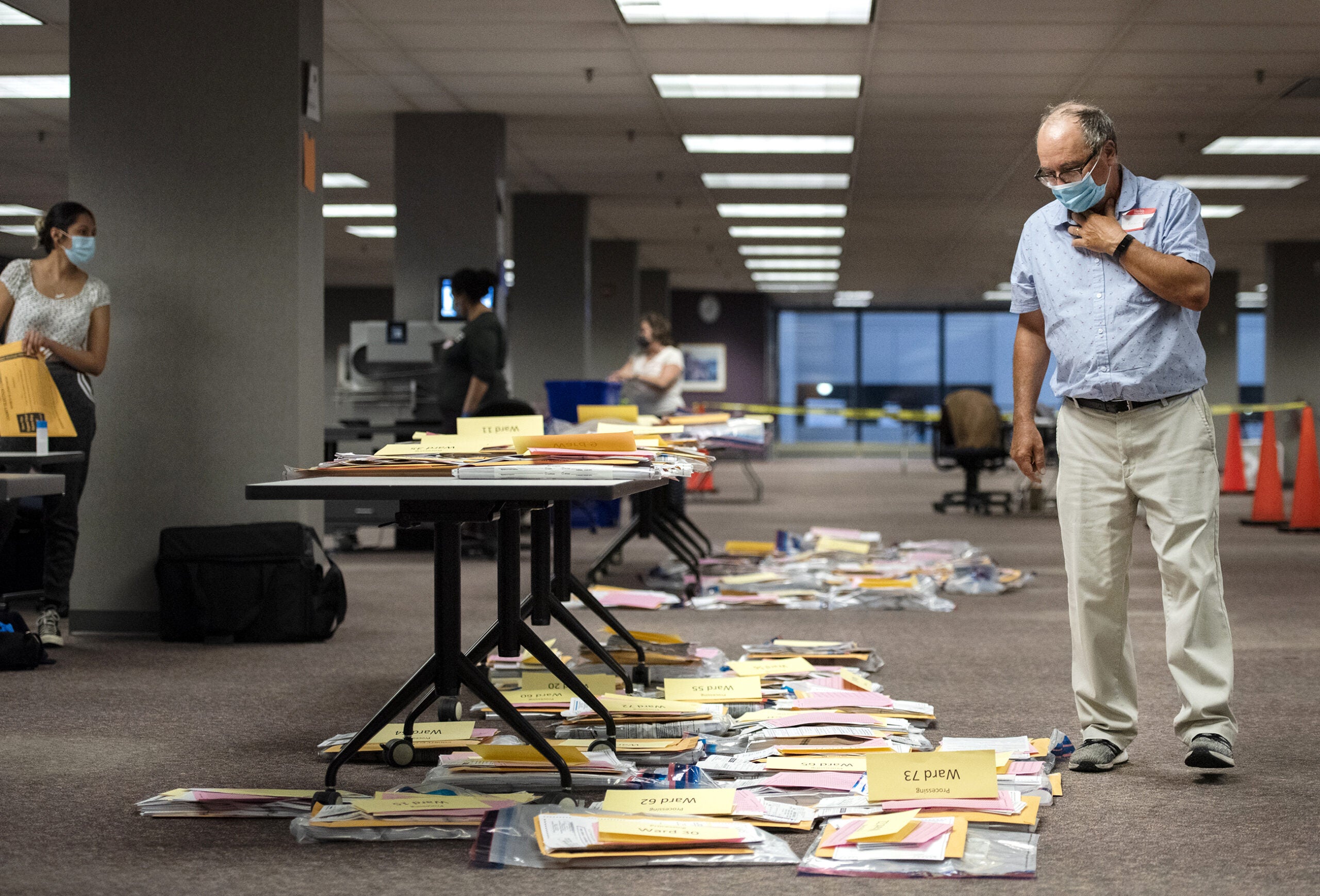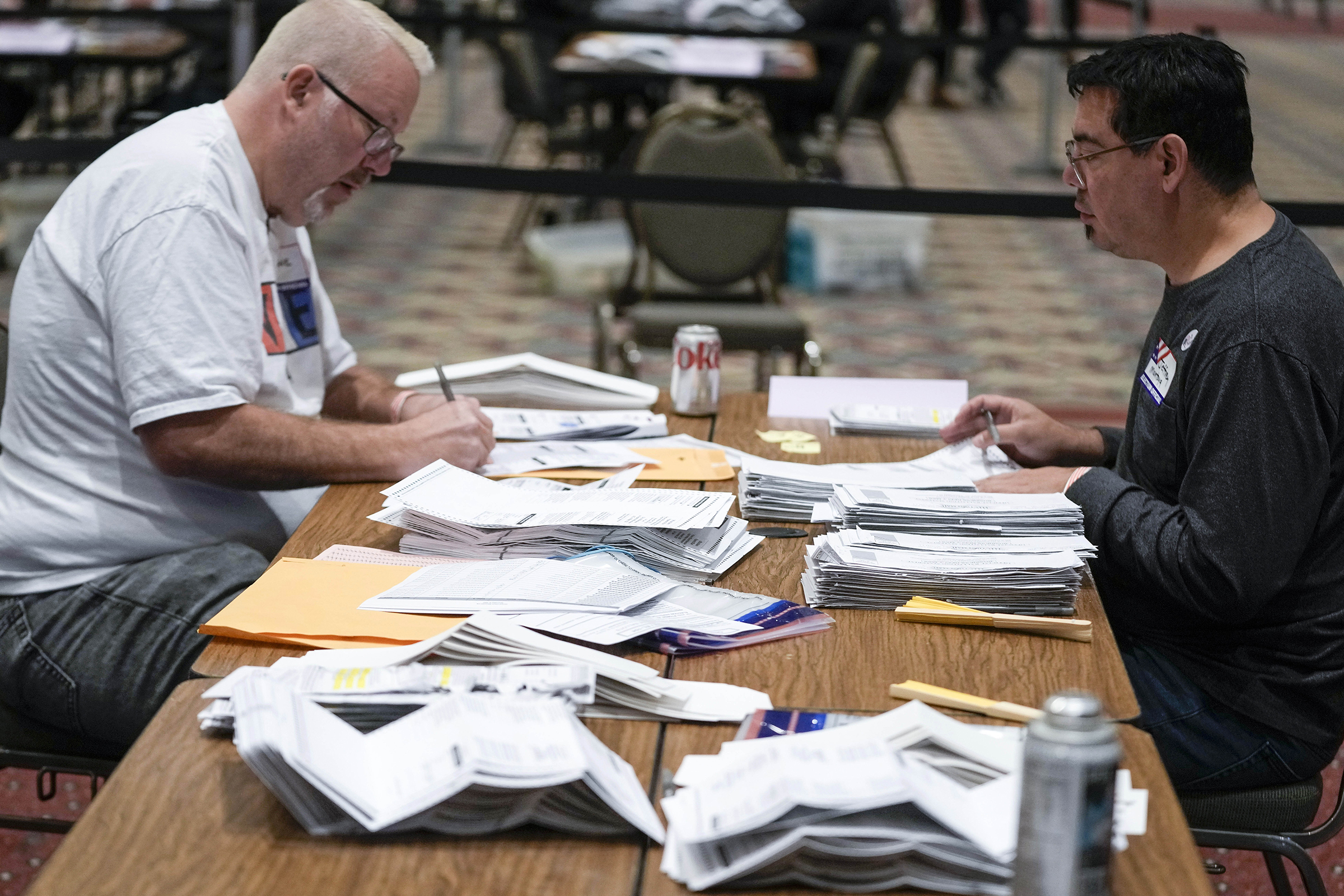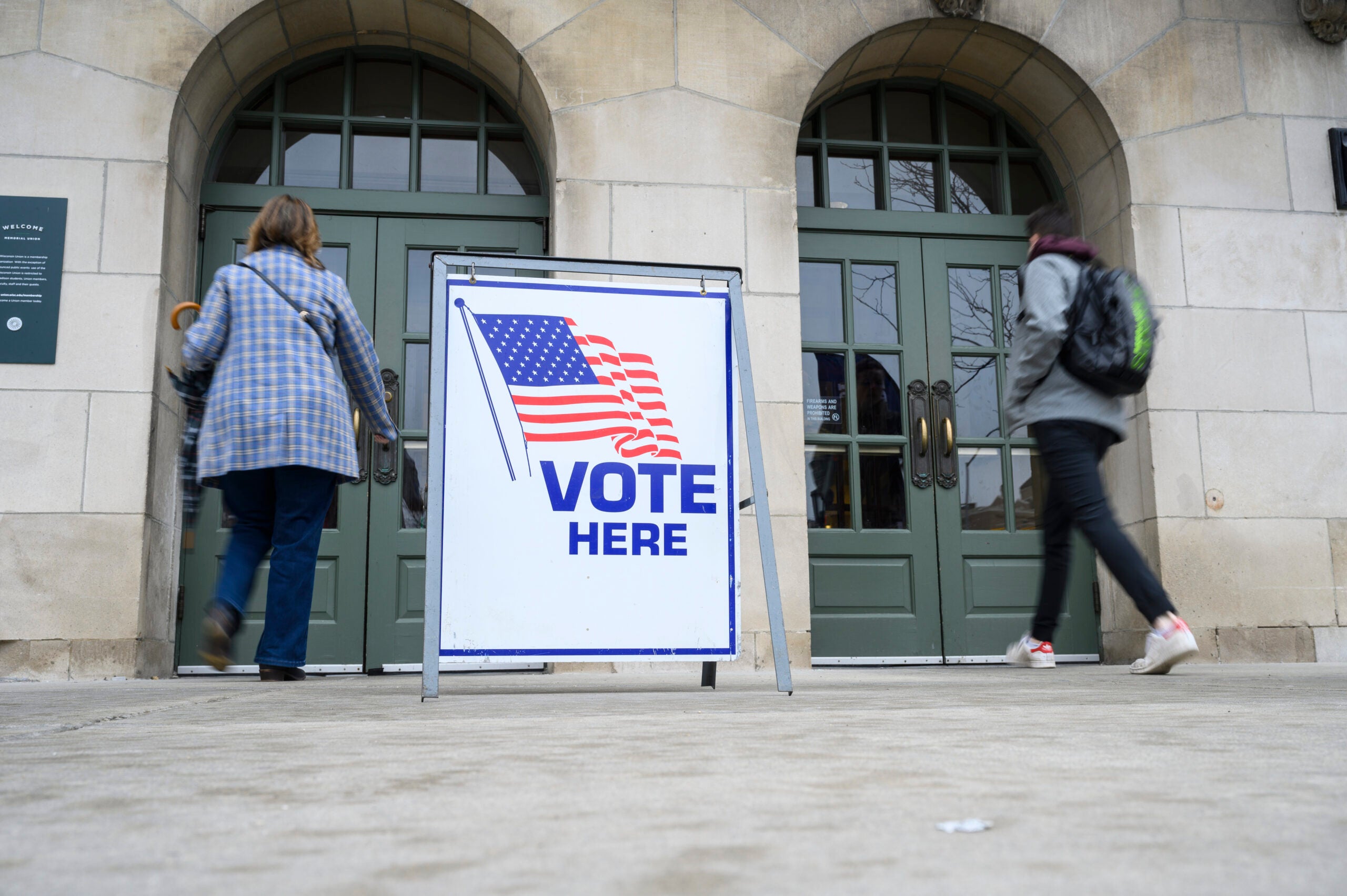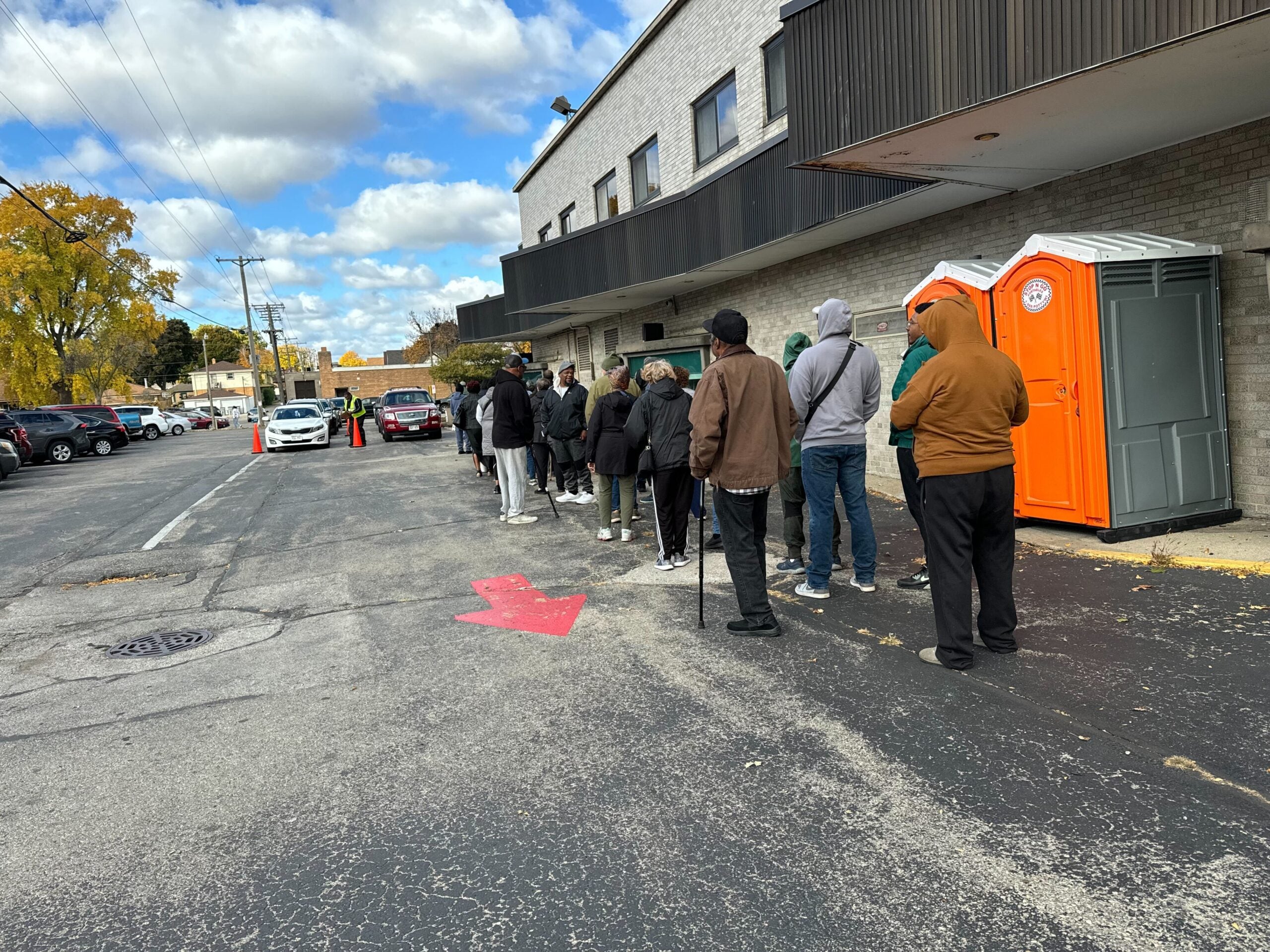While absentee voting may be more convenient and considered by many to be a safer way to cast a ballot during a pandemic, Tuesday’s primary election showed some municipalities may have to make changes to handle an even bigger deluge of such ballots expected in November.
The city of Milwaukee was still counting absentee ballots late into the evening for an election that typically sees low-turnout. Too few machines tabulating absentee ballots and a malfunction of another machine that opens envelopes caused delays in the count.
“Our biggest challenge is having enough machines to keep pace with the volume of (absentee) ballots,” said Milwaukee Election Commission Director Claire Woodall-Vogg.
Stay informed on the latest news
Sign up for WPR’s email newsletter.
Statewide, 897,251 absentee ballots were mailed out, and 593,774 absentee ballots were returned by voters as of Tuesday, according to the Wisconsin Elections Commission.
In April, Wisconsin saw a record 62 percent of ballots cast absentee.
The high number of absentee ballots comes as President Trump has expressed opposition to mail-in voting. In late July, President Trump tweeted that widespread mail-in voting would cause the November election to be fraudulent and inaccurate.
Yet Tuesday’s election was a far cry from Wisconsin’s April primary, when there was concern about having enough personal protective equipment for poll workers, and voters became frustrated with long lines in larger cities which had only a handful, or less, of polling stations.
Green Bay had two polling stations in April. On Tuesday there were 17. The city of Milwaukee went from five polling stations this spring to 168 on Tuesday.
The Wisconsin Elections Commission recommended people wear face coverings and there were few issues, according to spokesman Reid Magney, regarding what has become a controversial topic in an already divided state.
The Wisconsin National Guard supplied 675 members to assist with the partisan primary election. Some guard members assigned to absentee ballots were instead transferred to handle in-person voting when some poll workers in Kenosha failed to show up.
“It’s definitely a trial run for November in terms of recruiting poll workers, finding new locations, and distributing personal protective equipment,” said University of Wisconsin-Madison political science professor Barry Burden, who directs the Elections Research Center. “August is really good practice for that.”
“I think November’s going to be a different experience because the number of voters will be so much higher,” he continued.
Wisconsin is typically a high-turnout state, and Burden predicts as many as 75 percent of registered voters may cast a ballot in November.
Statewide turnout for the August primary won’t be known until the commission reviews figures from all 72 counties, though it’s typically low.
The state’s two largest cities, Madison and Milwaukee, reported turnouts of 39 percent and 23 percent, respectively.
Wisconsin Public Radio, © Copyright 2025, Board of Regents of the University of Wisconsin System and Wisconsin Educational Communications Board.




